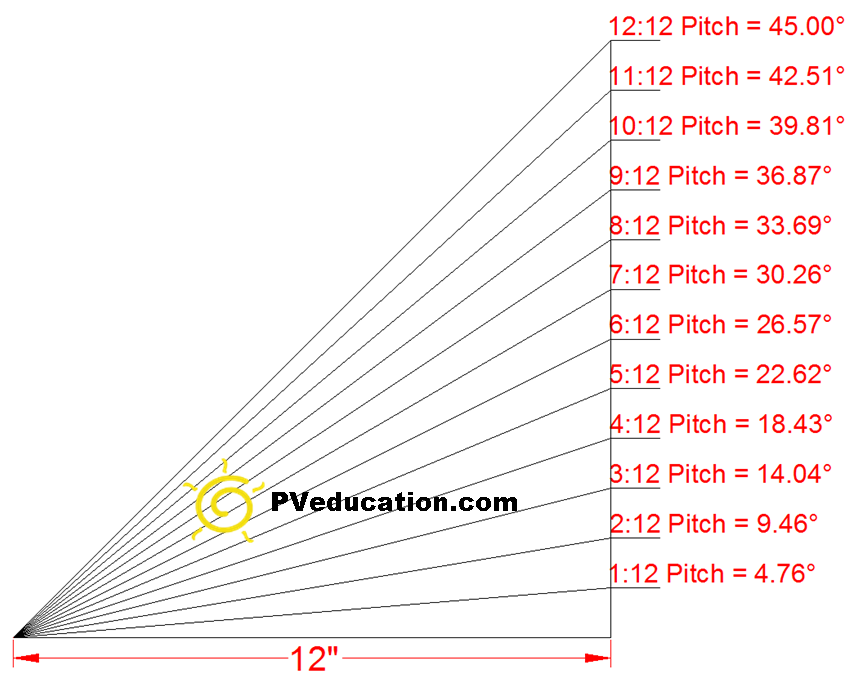But there are things you can do to protect your roof and therefore your home.
Which way to pitch roof based on wind.
A single storm can destroy a roof in many cases.
And ironically one of the biggest factors in damage to a roof is windblown debris often the debris of other people s failed roofs.
The pitch of the roof is determined by the vertical rise in inches for every horizontal twelve inch length.
Any pitch higher than 9 12 is considered a steep pitch.
A typical 2 slope gable roof is often times cheaper to build but it allows the wind to catch the roof and it is much more easily blown away.
Build a moderately pitched hip roof.
Pitch is a measure of the steepness of a roof.
Flat roofs increase uplift forces on the overhang and are more prone to leaks.
The hip style roof can stand up to high winds when a storm comes.
Steeper slopes increase the sail effect that makes them susceptible to wind.
Think of a classic addams family haunted house with its soaring peaks and you have a.
This pitch might be as low as 1 12.
Building a 4 slope hip style roof has been found to lessen the load of the wind on the house.
Lower slopes don t handle wind driven rain as well.
Roof pitch refers to the angle of your roof or how steeply it slopes.
A roofing system isn t just 5 smart tips for choosing the best roof for high winds read more.
High wind regions key issues n special installation methods are recommended for asphalt roof shingles used in high wind coastal regions i e greater than 90 mph gust design wind speed.
A roof at 9 12 is considered a very high pitch.
Roofs on victorian era houses were often sharply angled with a steep pitch.
A 30 degree roof slope 7 12 pitch is the right pitch to aerodynamically handle high wind.
It was fashionable for modern style homes built in the 1960s to have little pitch just a barely negligible slope to help drain water.
A 2 12 roof which rises two inches for every 12 inches covered is considered a very low pitch.
Visually this roof appears flat.
Pitch is usually described as a ratio of vertical rise in inches for every 12 inches of horizontal surface.
Because mid range slope roofs withstand strong winds better than steep roofs keep the roof pitch below 6 12 and greater than 4 12.

